PG30-P4-F4-T-C-Y-500 Bronze Nut Low Gear Ratio Travelling Ball Nut Screw Jack For Automotive And Industry
Travelling Ball Nut Screw Jack
Travelling Ball Nut Screw Jack Applicable Industries: Building Material Shops, Manufacturing Plant, Machinery Repair Shops, Food & Beverage Factory, Farms, Home Use, Construction works, Energy & Mining
Weight (KG): 15 KG
Customized support: OEM, ODM, OBM
Gearing Arrangement: Worm
Output Torque: 50~2300Nm, 50~2300Nm
Input Speed: 300-1800Rpm, 300-1800Rpm
Output Speed: Customized
Ratio: 5-100
Certificate: ISO9001
Mounting Position: Foot Mounted or Flange mounted
Material: Cast Iron or Stainless Steel
Port: Shanghai/Ningbo
F4 Type Screw JackScrew jacks are used in lifting of any load, pulling of any piece, arrangement of working space of machinery, and in many rectilinear work.
Screw jacks are also known as linear motor, linear actuator, jack screw, screw-operated jack and mechanical jack. To decide on the best product and fulfill all your needs.
- 14 different models with lifting capacities from 5 to 2,000 kN
- Drive motor speed up to 1,500 rpm
- Self-locking trapezoidal screw to prevent unintended motion
- Two different speed options for each model (Normal Speed “X” and Slow Speed “Y”)
As for screw jacks that will be used for motors or gearboxes, the progress pace, X and Y type, will be determined by our company according to the selected features
What should I pay attention to when installing Screw Jack?
When installing a screw jack, there are several important factors to consider to ensure proper and safe installation. Here are some key points to pay attention to:
Load Capacity:
Determine the load capacity requirements of the screw jack based on the weight or load it will be supporting. It’s crucial to select a screw jack with a sufficient load capacity to handle the intended load.
Mounting Surface:
Ensure that the mounting surface is flat, stable, and capable of supporting the weight and forces applied by the screw jack. The surface should be strong enough to prevent any deflection or movement during operation.
Alignment:
Make sure the screw jack is properly aligned with the load and other components of the system. Misalignment can lead to excessive wear, increased friction, and reduced efficiency. Use alignment tools or shims, if necessary, to achieve proper alignment.
Lubrication:
Apply appropriate lubrication to the screw and nut assembly as recommended by the manufacturer. Adequate lubrication reduces friction and wear, allowing for smooth and efficient operation of the screw jack.
Installation Examples Safety Measures:
Follow all safety guidelines and precautions provided by the manufacturer. This may include using safety guards or protective covers, ensuring proper grounding, and adhering to any specific safety instructions related to the installation process.
Mounting Bolts:
Use appropriate mounting bolts, washers, and nuts to secure the screw jack to the mounting surface. Ensure that the bolts are tightened to the manufacturer’s recommended torque specifications to prevent loosening during operation.
Operating Environment:
Consider the operating environment when installing the screw jack. Factors such as temperature, humidity, corrosive substances, and exposure to vibrations can affect the performance and lifespan of the screw jack. Choose a screw jack that is suitable for the specific environmental conditions.
Regular Inspection:
Once installed, periodically inspect the screw jack for any signs of damage, wear, or misalignment. Perform routine maintenance tasks as recommended by the manufacturer to keep the screw jack in optimal working condition.It’s important to consult the manufacturer’s installation instructions and guidelines specific to the screw jack model you are using, as they may provide additional details and recommendations for a successful installation.

Packing Shipping Delivery
  |
 |
|
 |
 |
|
How to choose power transmissions parts and industrial products which meet our requirement
| Chains | Sprockets | Pulleys | Timing belt Pulley | V-belt Pulley |
| Sheaves | Coupings | Bush &Hub | Gear& Rack | V-Belt |
| Locking Assembly | Pulley | Gearbox | Reducer | Shaft Collar |
| Rod End Bearing | Clevis | PTO | Chain Guide | Belt Guide |
| Rubber Buffer | Chain Tensioner | PTO Drive Shafts | Universal Joints | Roller Chains |
| Conveyor Chains | V-Belts | Worm Gearbox | Helical Gear | Worm |
| Agricultural Chain | CNC Proces Parts | Casting | Stamping | |
| Powder Metallurgy | CNC Proces Parts | Casting | Stamping |
What Products Do you sell ?
We are a group of factories, give customer one stop solution of power transmission and industrial products. We are in the position to supply wide range of products, including chains, sprockets, v-belt and v-belt pulleys, timing belt and timing belt pulleys, gears, speed reducers, motors, racks, couplings, and many other parts, like locking assembly, taper bushing, Chain guide, shaft collar, torque limiter, cam clutch, universal joint, motor base and motor slide, rod end, clevis, rubber mount, etc. We make special parts according to drawings and/or samples.
How to choose a gearbox which meets our requirement?
You can refer to our catalogue to choose the gearbox or we can help to choose when you provide
the technical information of required output torque, output speed and motor parameter etc.
What information shall we give before placing a purchase order?
a) Type of the gearbox, ratio, input and output type, input flange, mounting position, and motor informationetc.
b) Housing color.
c) Purchase quantity.
d) Other special requirements.
What industries are your gearboxes being used?
Our gearboxes are widely used in the areas of textile, food processing, beverage, chemical industry,
escalator,automatic storage equipment, metallurgy, tabacco, environmental protection, logistics and etc.
What is the producing process?
Production process including raw material cutting, machine processing, grinding, accessories cleaning, assemble, cleaning, stoving, oil coating, cover pressing, testing, package.
How to control the products quality?
Combining advanced equipment and strict management, we provide high standard and quality bearings for our customers all over the world.
What is the transportation?
-If small quantity , we Suggest to send by express, such as DHL,UPS, TNT FEDEX. If large amount, by air or sea shipping.
Can we design packaging?
-Yes. Default is regular packing, and we can make customer's own packing.
Can you provide OEM service?
-Yes, we work on OEM orders. Which means size, quantity, design, packing solution, etc will depend on your requests; and your logo will be customized on our products.
Can you give me discount on Power Transmissions Parts and Industrial parts?
-Yes, of course. Pls. send me your Email, you'll get more
Q: Are You a trading company or a manufacturer?
A: We Are the factory and have our Own trading company
Q: How Can I get an offer?
A: please send US quotation information: drawings, materials, weight, quantity and requirements, we can accept PDF, ISGS, DWG, STEP file format. If you don't have the drawings, please send us the samples, we can also quote you according to your samples.
Q: What is your minimum order size?
A: it is usually 100 pieces, but a low quantity is acceptable under some special circumstances.
Q: Do you provide samples? Is it free or extra?
A: Yes, we can provide samples free of charge, but we don't pay the freight.
Q: What is the lead time for mass production?
A: honestly, it depends on the number of orders. Normally, if you don't need the tools, deposit them after 30 days or so.
Q: What if the parts don't Work?
A: we can guarantee the quality, but if it happens, please contact us immediately, take some photos, we will check the problem and solve it as soon as possible.
Q: What are your terms of payment?
A: payment is less than US $1000,100% in advance. Payment: $1000,50% wire transfer in advance, balance before shipment,Other Terms of payment are negotiable

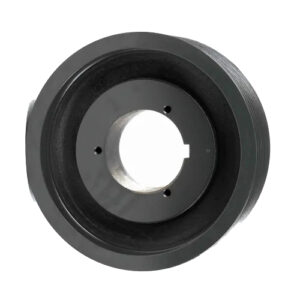
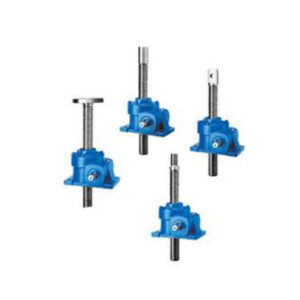
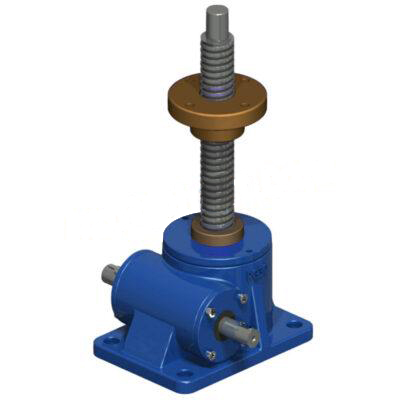
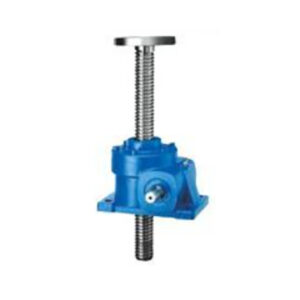
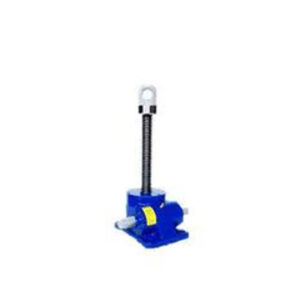
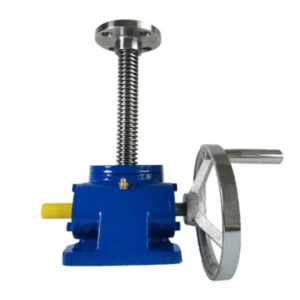
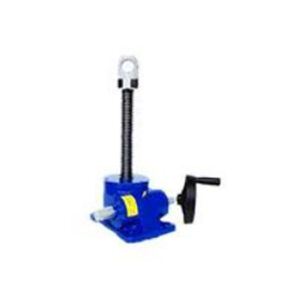
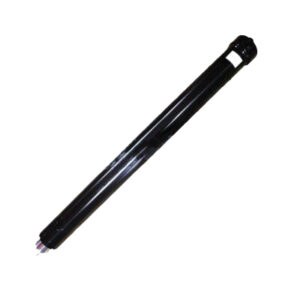
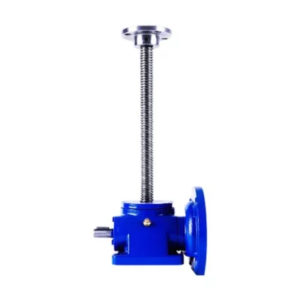
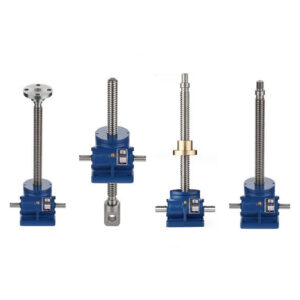
Reviews
There are no reviews yet.